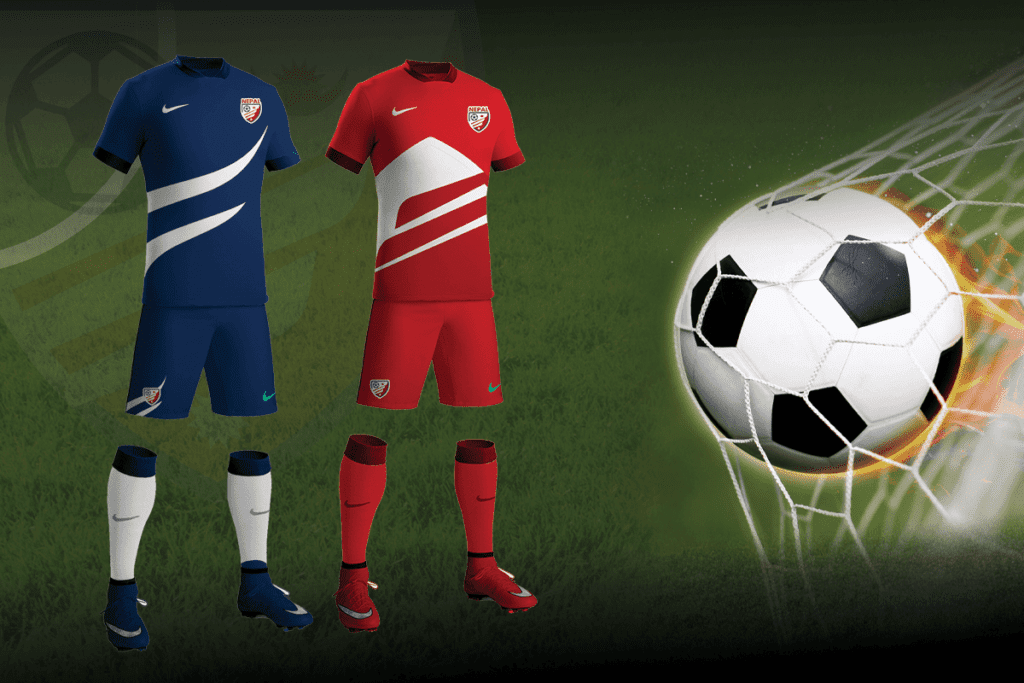
Build a strong brand identity through digital channels. This guide covers defining your brand, visual identity, brand voice, content, social media presence, and user experience for lasting impact.
Read More
Build a strong brand identity through digital channels. This guide covers defining your brand, visual identity, brand voice, content, social media presence, and user experience for lasting impact.
Read More